At Chindata Group's big data industrial park in Lingqiu County of Datong City, north China's Shanxi Province, hundreds of thousands of servers are running day and night to support high-tech enterprises nationwide in such fields as AI, autonomous driving and quantum communication.
"Lingqiu has abundant wind and photovoltaic resources, and is close to the Beijing-Tianjin-Hebei region with strong computing power demand, so we decided to settle here," said Wu Huapeng, CEO of Chindata Group.
Datong, known as a "coal capital" of China, has accelerated its clean energy development since the country put forward its goals to peak carbon dioxide emissions before 2030 and achieve carbon neutrality before 2060.
So far, the installed capacity of renewable energy in Datong has reached 6.9 million kilowatts, accounting for half the total installed capacity of the city's power grid.
On Thursday, the 2022 Taiyuan Energy Low Carbon Development Forum was held in Taiyuan, capital of Shanxi, gathering guests from 26 countries and regions to explore the way forward for energy development.
For Shanxi, China's major coal-producing province, hosting this forum is of great significance. Shanxi's abundant coal resources had led to its excessive dependence on the coal industry, causing a series of problems such as the deterioration of its environment.
In 2019, China launched an energy revolution pilot program in Shanxi, hoping that the province would make breakthroughs in building a clean and low-carbon energy consumption model and promoting energy technology innovation.
Lin Boqiang, dean of the China Institute for Studies in Energy Policy at Xiamen University, said that if a province like Shanxi, which had serious environmental problems, could pull off an energy revolution, there would be no major difficulties in carrying out similar programs in other provinces.
Shanxi has proposed that by the end of the 14th Five-Year Plan period (2021-2025), new and clean energy will account for 50 percent of its total installed capacity and 30 percent of its power generation.
With strenuous efforts to accelerate green development, China is marching toward its "dual carbon" goals. Last year, the country's renewable energy utilization amounted to saving the equivalent of 750 million tonnes of standard coal, helping reduce carbon dioxide emissions by about 1.95 billion tonnes, according to a report released by the China Renewable Energy Engineering Institute.
The country has also proposed that by 2025, its proportion of non-fossil energy power generation will be about 39 percent, and its carbon dioxide emissions per unit of GDP will be reduced by 18 percent from the level recorded in 2020.
"The 'dual carbon' goals cannot be achieved overnight. It is a process of hard work and a long-term effort," said Xiang Haiping, chief engineer of the National Energy Administration.
Xiang stressed the importance of optimizing the combination of traditional energy and new energy, which he said can both ensure energy security and promote a low-carbon transformation.
















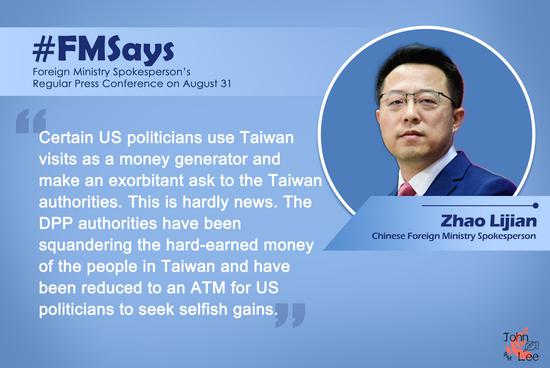


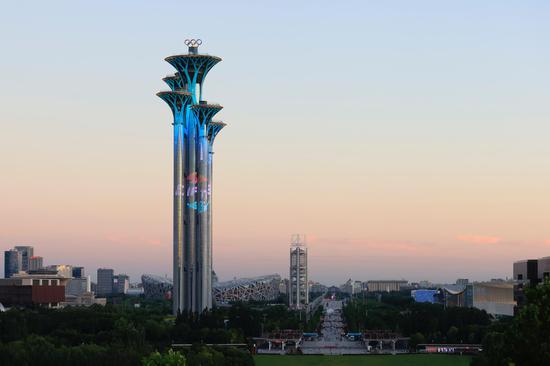

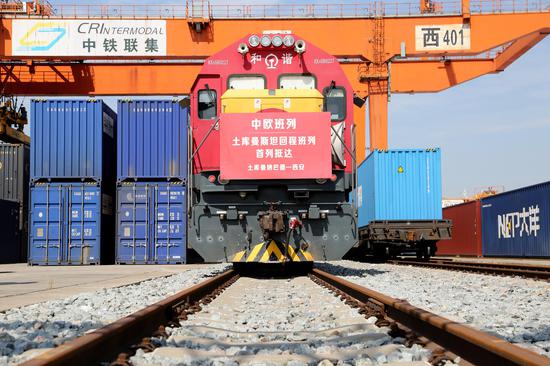
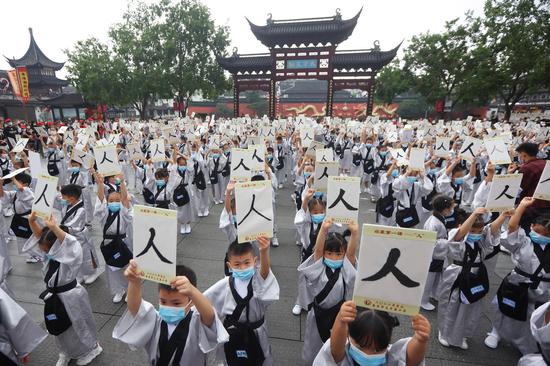



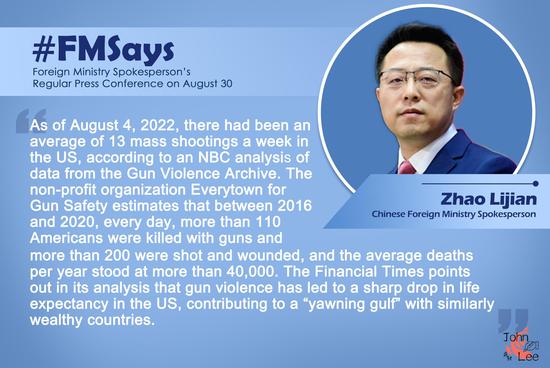

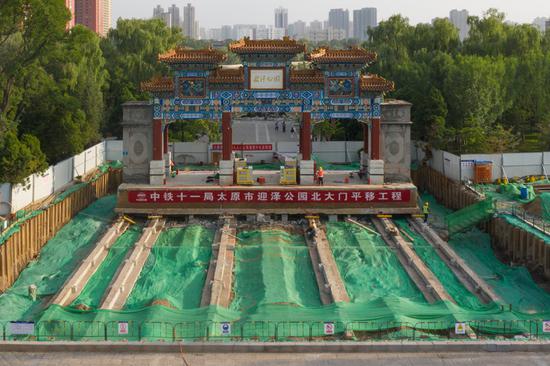

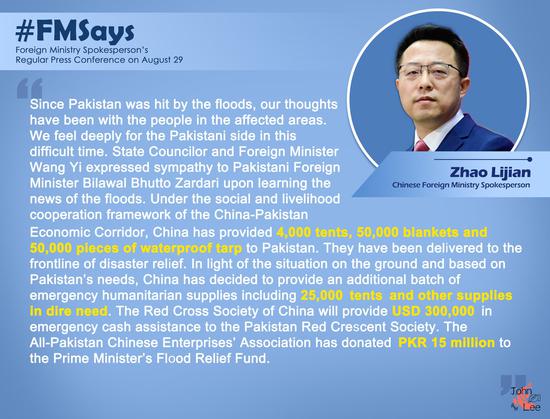



















 京公网安备 11010202009201号
京公网安备 11010202009201号